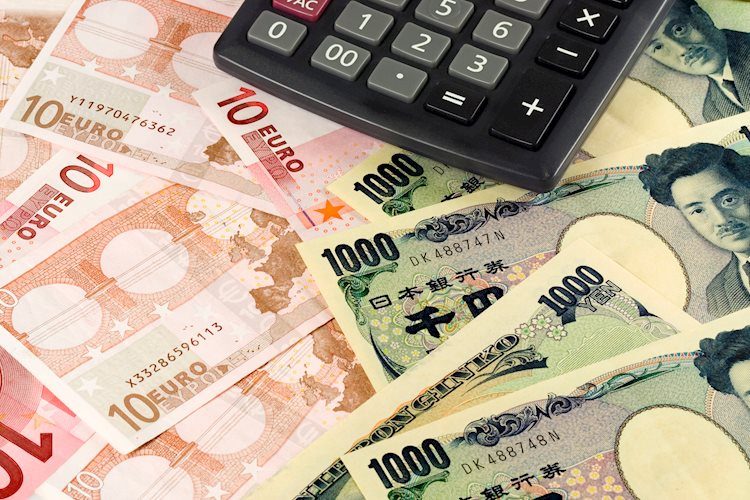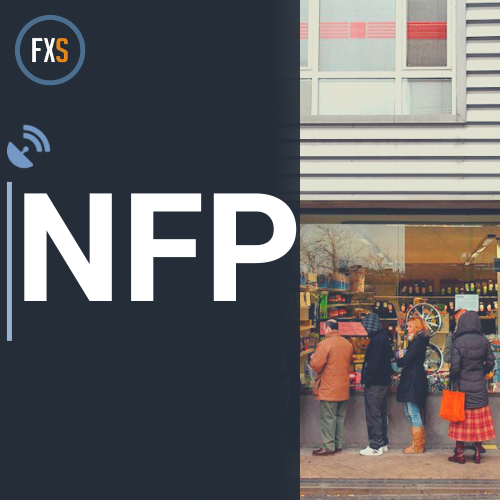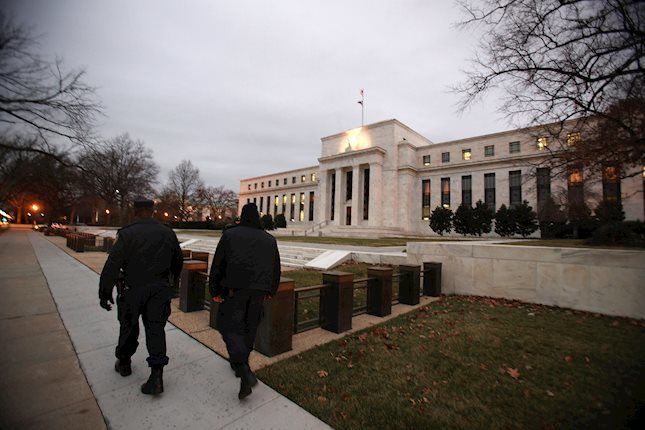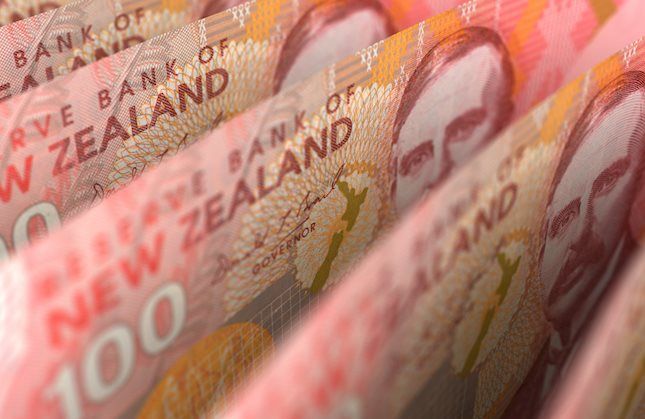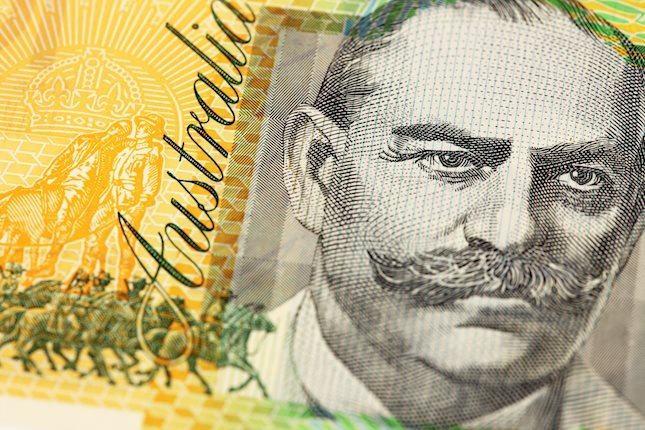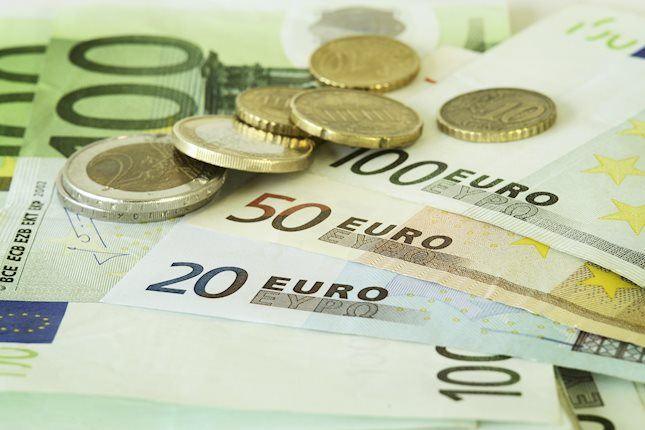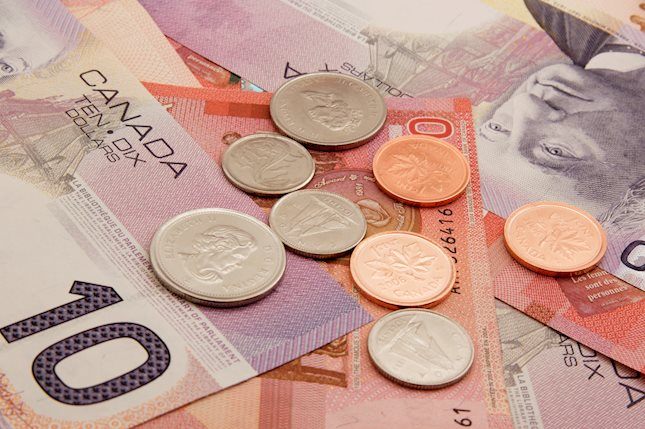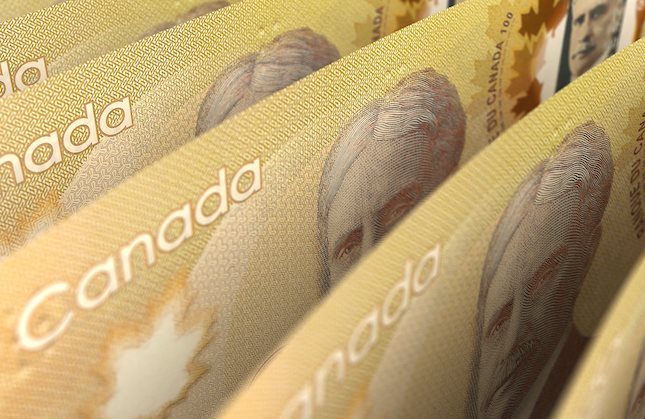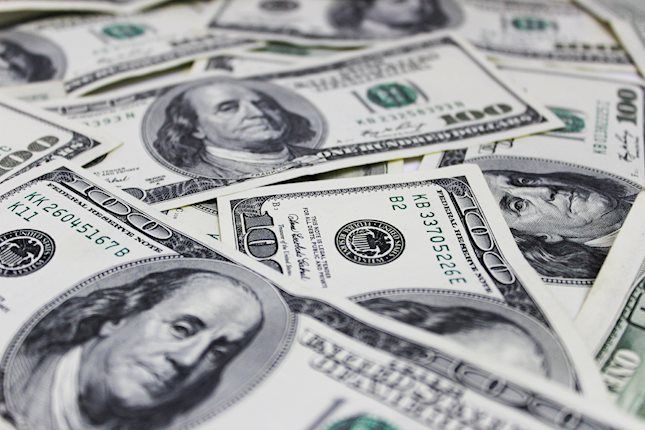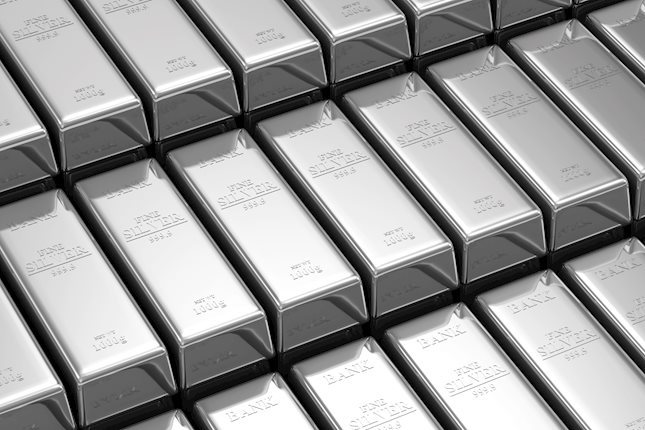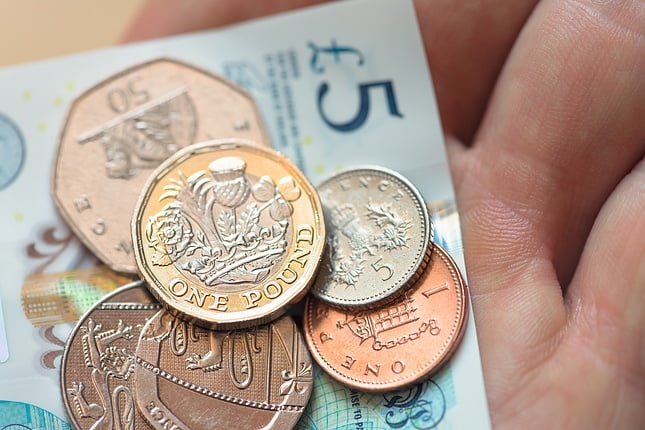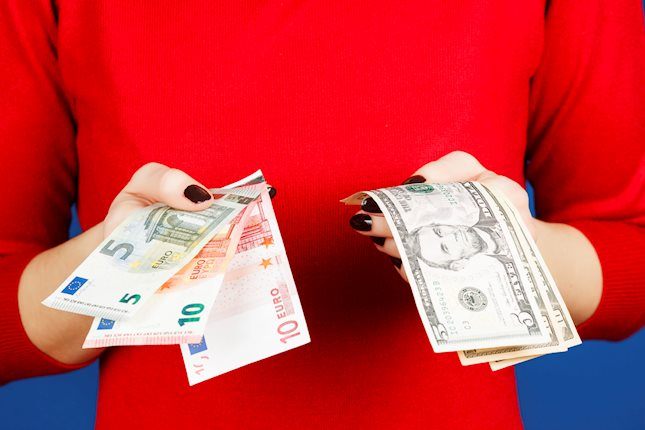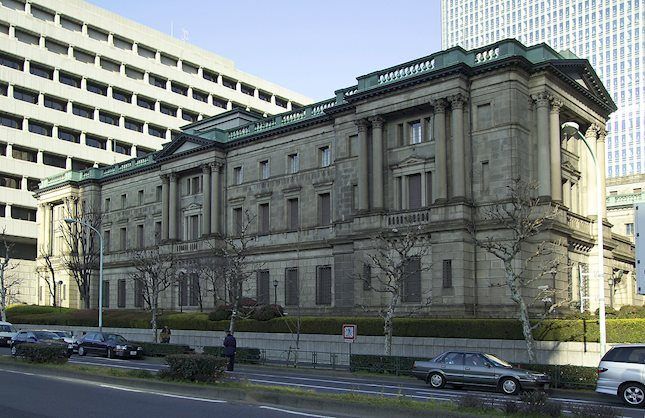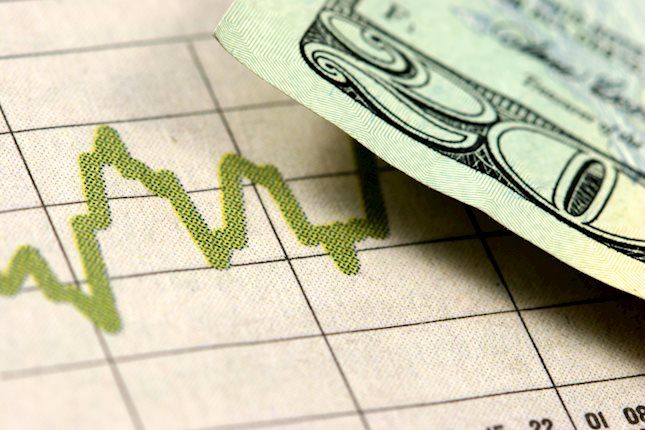EUR/JPY rises to near 163.00 as uncertainty persists over timing of BoJ’s rate hikes
- EUR/JPY strengthens as Japan's Economy Minister, Ryosei Akazawa, offers no clear indication of when the BoJ may raise interest rates.
- Japan’s Overall Household Spending contracted by 0.4% YoY in November, better than the expected 0.6% decline.
- The Euro may struggle as traders expect the EC to implement a 25 basis point rate cut in January.
EUR/JPY recovers its recent losses from the previous session, trading around 163.00 during the Asian hours on Friday. The recent rise in the EUR/JPY cross is attributed to the weaker Japanese Yen (JPY), as uncertainty continues over the timing of interest rate hikes by the Bank of Japan (BoJ).
Japan's Economy Minister, Ryosei Akazawa, stated on Friday that the country is at a "critical stage" in overcoming the public's deflationary mindset. Akazawa added, “Once we can officially declare the end of deflation, we will be able to stop using the tools we’ve had in place to combat it.”
In November, Japan’s Overall Household Spending contracted by 0.4% year-over-year in real terms, which was less than the expected 0.6% decline and an improvement from the 1.3% drop seen the previous month. Additionally, JP Foreign Reserves fell by $8.28 billion to $1.12 trillion in December, marking the lowest level since July.
In the Eurozone, inflation increased to 2.4% in December, up from 2.2% in November, while retail sales saw a modest rise of 0.1% month-over-month in November, following a 0.3% decline in October. However, analysts believe this won’t deter the European Central Bank (ECB) from implementing a 25 basis point (bps) rate cut in January.
Markets are currently pricing in a 96% probability of a 25 bps rate cut this month, and expectations for further easing in 2025 have been reduced to three quarter-point cuts, with a 70% chance of a fourth.
Interest rates FAQs
Interest rates are charged by financial institutions on loans to borrowers and are paid as interest to savers and depositors. They are influenced by base lending rates, which are set by central banks in response to changes in the economy. Central banks normally have a mandate to ensure price stability, which in most cases means targeting a core inflation rate of around 2%. If inflation falls below target the central bank may cut base lending rates, with a view to stimulating lending and boosting the economy. If inflation rises substantially above 2% it normally results in the central bank raising base lending rates in an attempt to lower inflation.
Higher interest rates generally help strengthen a country’s currency as they make it a more attractive place for global investors to park their money.
Higher interest rates overall weigh on the price of Gold because they increase the opportunity cost of holding Gold instead of investing in an interest-bearing asset or placing cash in the bank. If interest rates are high that usually pushes up the price of the US Dollar (USD), and since Gold is priced in Dollars, this has the effect of lowering the price of Gold.
The Fed funds rate is the overnight rate at which US banks lend to each other. It is the oft-quoted headline rate set by the Federal Reserve at its FOMC meetings. It is set as a range, for example 4.75%-5.00%, though the upper limit (in that case 5.00%) is the quoted figure. Market expectations for future Fed funds rate are tracked by the CME FedWatch tool, which shapes how many financial markets behave in anticipation of future Federal Reserve monetary policy decisions.
Forex News
Keep up with the financial markets, know what's happening and what is affecting the markets with our latest market updates. Analyze market movers, trends and build your trading strategies accordingly.
